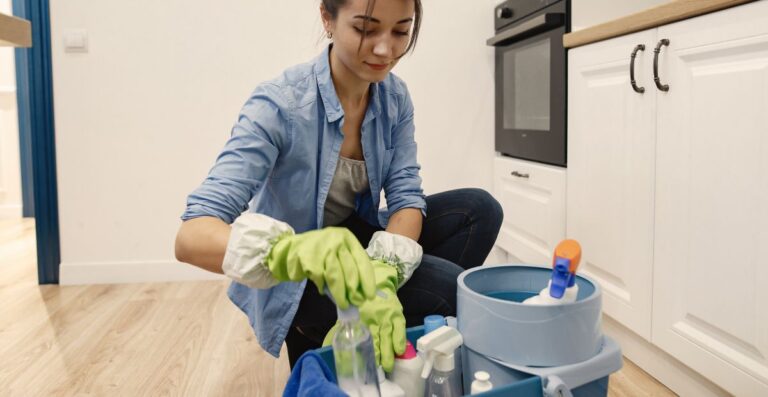Washington state has been a leader in preventing PFAS pollution, banning these harmful chemicals in product categories to address contamination of drinking water. But with continued use of these persistent and toxic chemicals in key products such as apparel, our job in Washington is far from done.
In 2018, Washington was the first state to ban per- and polyfluoroalkyl substances (PFAS) in food packaging and firefighting foam, recognizing the urgency of the threat posed by these persistent, mobile, and toxic chemicals. Because of their persistence and mobility, PFAS have contaminated drinking water in Washington and elsewhere in the U.S. Their presence in firefighting foam and gear is also a concern for the health of firefighters, who suffer from higher rates of certain cancers due in part to on-the-job exposures to harmful chemicals.
We celebrated in 2019, when the state legislature passed Safer Products for Washington into law, giving the Department of Ecology (Ecology) authority to ban PFAS in a wide range of consumer products. With this authority the agency is currently planning to restrict PFAS in rugs, carpets, upholstery, and aftermarket waterproofing treatment, having identified safer alternatives that are currently available. This is a critical step that will address important uses of PFAS.
Unfortunately, despite these major actions, large uses of PFAS remain and continue to pollute our homes, schools, workplaces, and bodies. In 2021 Toxic-Free Future collaborated with the University of Washington and Indiana University to publish peer-reviewed research finding widespread contamination of breast milk with PFAS—driving home the urgent need to step up action and get PFAS out of other products. These chemicals are still used in rain gear (e.g. GoreTex®-treated) and other apparel, floor treatments, and cosmetics.
The study of 50 Washington moms found PFAS in 100% of breast milk samples. PFAS detected include newer compounds currently in heavy use, and the study found detections of these chemicals are doubling every four years.
The legislature has an opportunity to reverse these trends by stepping up the timeline for Ecology to address more PFAS-containing products in the next three years. We know from past work with other chemicals that build up in our bodies and environment, like lead, PCBs, and PBDEs, that stopping them at the source leads to reduced levels in our bodies. However, without changes to the law, Ecology won’t start considering additional action on PFAS until 2025 and we will wait until 2030 for rules to go into effect. This is far too long to wait and doesn’t make sense, particularly if safer alternatives exist.
Toxic-Free Future is fortunate to be working with Rep. Liz Berry (D-Seattle) on fixes to the Safer Products for Washington law so that PFAS in additional key products are eliminated on an urgent timeline.




